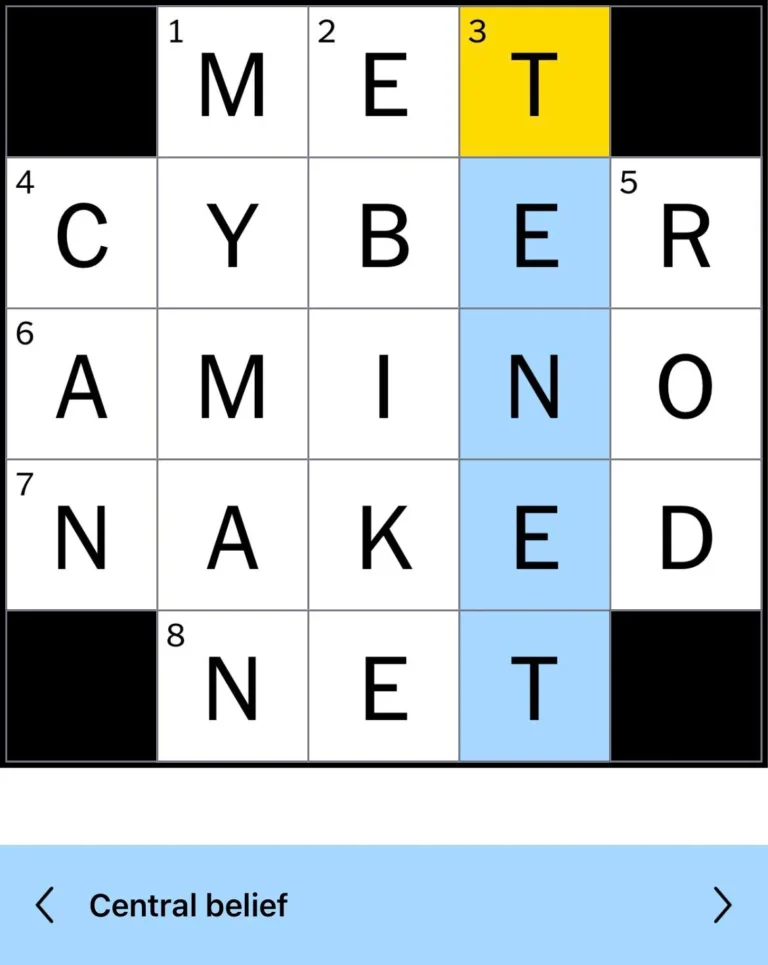The Mechanics Behind Tattoo Machines
At the heart of this intricate art lies a remarkable invention that has undergone a remarkable evolution: the tattoo machine. In this exploration, we delve into the mechanics behind tattoo machines, uncovering the intricate dance of technology, craftsmanship, and precision that brings tattoos to life.
The Anatomy of a Tattoo Machine
Before we unravel the mechanics, let’s dissect the anatomy of a tattoo machine. A typical tattoo machine comprises several essential components, each playing a distinct role in the tattooing process:
- Frame: The machine’s foundation, often crafted from materials like iron or aluminum, providing stability and support for other components.
- Coils: Electromagnetic coils are the powerhouse of the machine. When electricity flows through them, they create a magnetic field that drives the up-and-down movement of the tattoo needle.
- Armature Bar: Connected to the coils, this metal bar converts the magnetic energy into mechanical motion, creating the rhythmic motion required for precise tattooing.
- Needle Bar and Needle: The needle bar holds the tattoo needle in place, allowing it to move up and down. The needle is the artist’s brush, delivering ink into the skin’s layers.
- Contact Screw: Regulating the distance between the armature bar and the coils, the contact screw fine-tunes the machine’s performance, influencing factors like speed and power.
- Tube and Grip: These components provide a stable and comfortable platform for the artist’s hand while guiding the tattoo needle’s movement.
The Mechanics in Action
Understanding the mechanics behind a tattoo machine unveils the remarkable interplay of forces and energy that enable precise strokes. The process begins with the artist adjusting the machine’s settings, determining factors such as needle speed and depth. As the machine is activated, an electrical current flows through the coils, generating a magnetic field.
This magnetic field draws the armature bar downward, pulling the attached needle bar along with it. As the armature bar reaches its lowest point, the magnetic field weakens, allowing a spring to push the armature bar back up. This movement creates a reciprocating motion that propels the tattoo needle in and out of the skin, depositing ink in the desired pattern.
The balance between the coil’s magnetic force, the tension of the springs, and the adjustment of the contact screw is critical for achieving precision strokes. Tattoo artists develop an intimate understanding of these mechanics, allowing them to adapt the machine to their artistic style and the client’s unique skin characteristics.
Advancements and Innovations
The evolution of tattoo machines has been marked by continuous innovation. From the invention of the first electric tattoo machine to the introduction of rotary and hybrid models, each iteration has sought to enhance precision, comfort, and efficiency. In recent years, digital technology has made its mark, enabling artists to fine-tune machine settings with unprecedented accuracy, resulting in even more intricate and detailed tattoos.
Precision as an Art Form
Tattooing is more than just mechanics; it’s a harmonious blend of technology and artistry. A skilled tattoo artist not only understands the mechanics of their machine but also translates their creative vision into precise strokes on the canvas of skin. Each tattoo becomes a testament to the artist’s ability to manipulate the machine’s mechanics to produce a work of art that tells a unique story.
In conclusion, the mechanics behind tattoo machines are a captivating fusion of science, engineering, and artistic finesse. As these machines continue to evolve, they empower tattoo artists to create masterpieces that celebrate individuality and embody the beauty of precision strokes.





